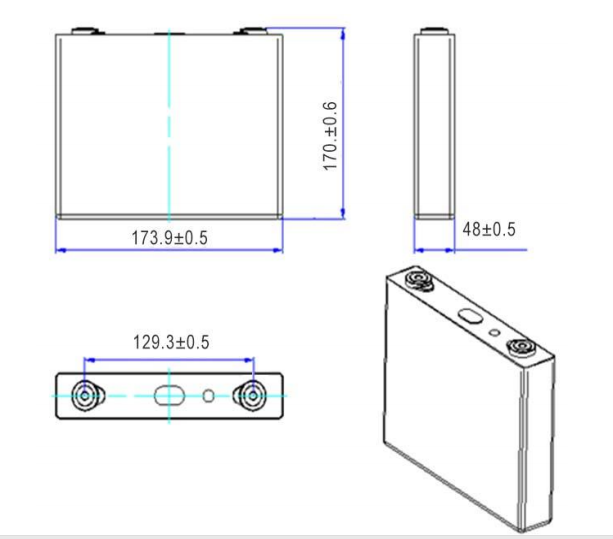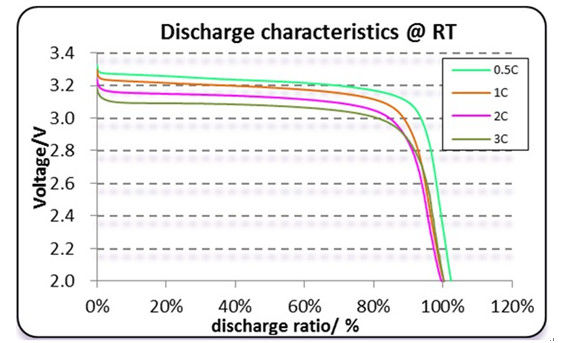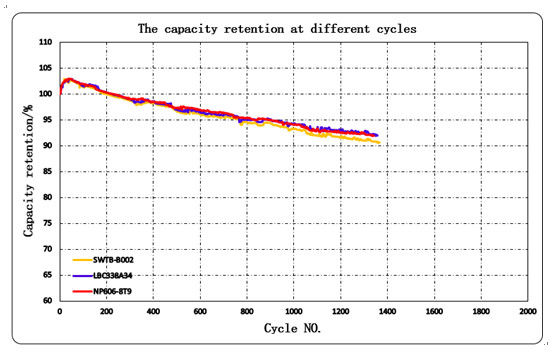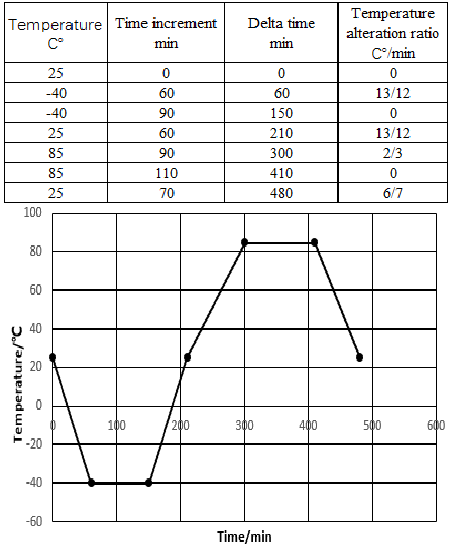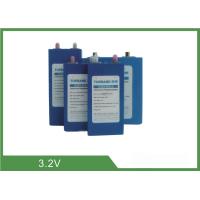Shenzhen Topband Co., Ltd. was registered in so-called “China Silicon Valley”, Shenzhen Hi-tech Industrial Park in 1996,
and got listed in Shenzhen Stock Exchange ( the stock code as
002139) in 2007.
After years of rapid development, now Topband takes lithium battery
as the core technology and has become one of the leading
suppliers of lithium battery solutions in China, focusing on
nano lithium iron phosphate/ LiFePO4 technology for
EV, RV/ caravan, marine, motorcycle, golf cart / trolly, UPS,
solar storage, medical, floor scrubber, industrial, commercial
use, etc.
Smart Bluetooth & WIFI connection is is our patent
feature, equipped with IOS & Android app to monitor
the instant battery status (SOC, OCV, charge current,
ambient temperature, and errors included).
Topband has more than 5000 staffs, covers an area of 100,000 square
meters. And large production plants are mainly located
at Shenzhen and Huizhou
Our R&D team of over 300 professionals, in cooperation
with Tsinghua Research Institute and Harbin Industrial University have laid a firm foundation of our leading technology.
We have got the certificates of ISO9001, ISO14001,
OHSAS18001, TS16949 and UL, CE, CB, UN38.3, TUV, etc.
Topband is a Hi-tech enterprise. Since the company established, with
innovation, we have committed ourselves to making people’s lives more comfortable and high-efficient. We and our
companions are working hard at making technology progress to let
people enjoy the changes of new technology.



